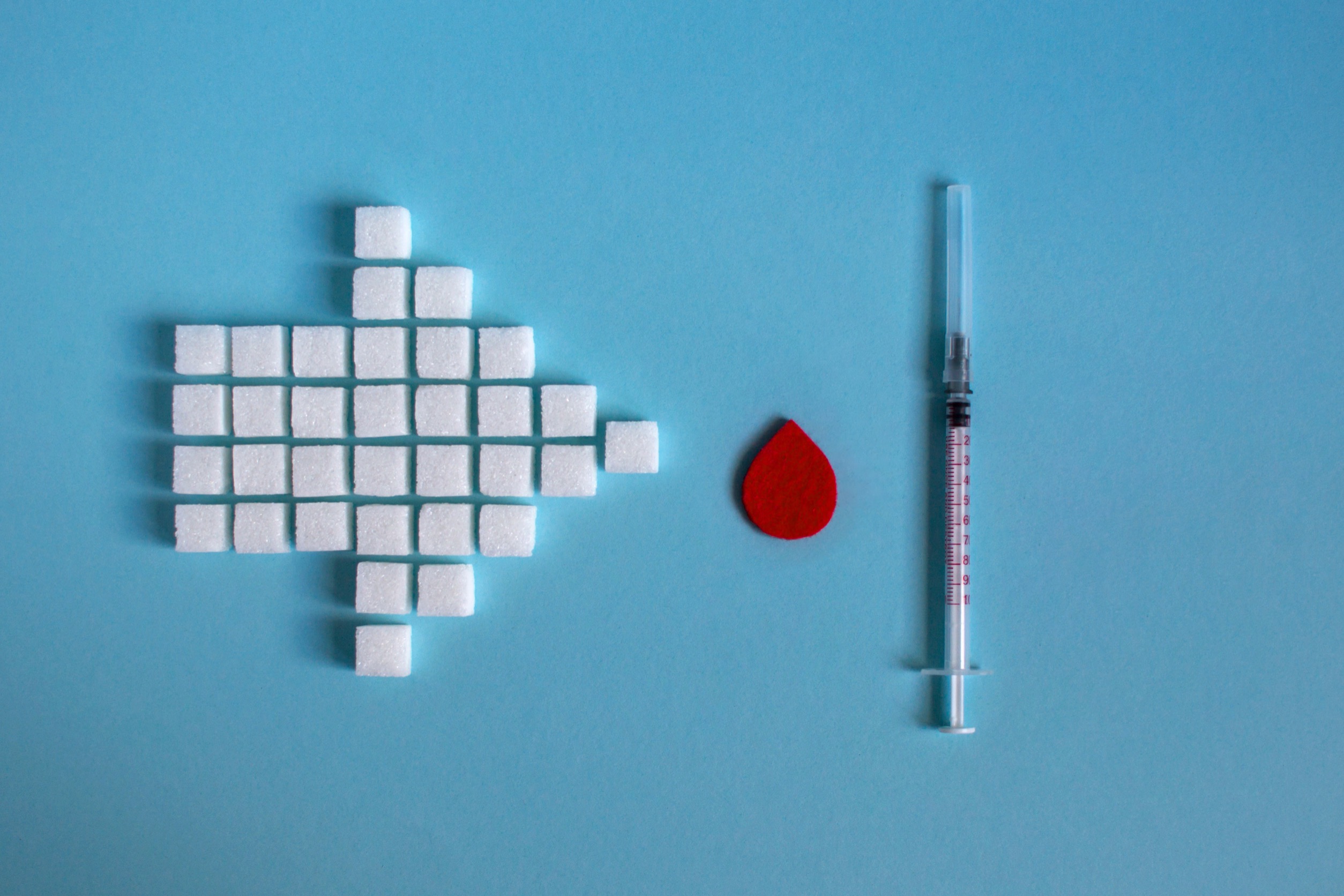Introduction:
Hypoglycemia, or low blood sugar, is a critical concern for individuals with diabetes, especially those who take insulin or certain oral medications that put individuals at higher risk for hypoglycemia. When blood sugar levels drop too low, it can lead to confusion, seizures, or even unconsciousness. In such situations, having the knowledge to administer glucagon can be a lifesaving tool. In this blog post, we’ll discuss the importance of glucagon and step-by-step instructions on how to properly use injectable glucagon to assist someone experiencing dangerously low blood sugar levels.
Also see our blog about A Novel Oral Drug For Type II Diabetes
Understanding Glucagon:
Glucagon is a hormone produced by the pancreas that plays a crucial role in raising blood sugar levels when they become too low. Glucagon prompts the liver to release stored glucose into the bloodstream, providing a rapid source of glucose to the body.
Using Glucagon for Severe Hypoglycemia:
Severe hypoglycemia can occur when blood sugar levels drop significantly, causing confusion, loss of consciousness, or seizures. Typically, severe hypoglycemia is defined as blood sugar less than 54 mg/dL or when you need someone else to intervene to help you treat and recover from the low blood sugar event. Administering glucagon in these situations can help raise blood sugar levels quickly until medical assistance is available if needed. Glucagon is available as an injection or nasal inhalation. In this article, we’ll discuss how to use the injectable formulation.
Step-by-Step Guide to Using Injectable Glucagon:
Step 1: Prepare the Glucagon Kit:
Glucagon injection kits are available by prescription and come with a vial of powdered glucagon and a syringe filled with a liquid to dilute the powder with. Check the expiration date before use. Always read the instructions for the particular glucagon kit that you have, as the directions may differ from the general instructions outlined below.
Step 2: Reconstitute the Glucagon:
Open the vial of powdered glucagon and the syringe filled with the diluent. Inject the whole contents of the syringe into the vial, aiming the needle toward the side of the vial, not directly into the powder. Gently swirl the vial to mix the glucagon. Do not shake vigorously, as this can cause the solution to foam.
Step 3: Draw Up the Glucagon Solution:
Once the glucagon is mixed, draw the solution back into the syringe as directed by the instructions.
Step 4: Prepare the Injection Site:
The most common injection sites are the upper arm, thigh, or buttocks. Clean the chosen injection site with an alcohol swab.
Step 5: Administer the Injection:
Hold the syringe like a dart with your thumb and first two fingers. Insert the needle into the cleaned injection site at a 90-degree angle. Quickly inject the full dose of glucagon. Withdraw the needle and safely dispose of the used syringe.
Step 6: Turn the Person on Their Side:
If the person is unconscious, turn them onto their side to prevent potentially choking on vomit.
Step 7: Monitor the Person:
Feed the person as soon as they wake up and are able to swallow. Give the patient a fast-acting source of sugar (such as a regular soft drink or fruit juice) and a long-acting source of sugar (such as crackers and cheese or a meat sandwich). If the patient does not awaken within 15 minutes, give another dose of glucagon and call emergency services immediately.
Conclusion:
Knowing how to use glucagon can be an important skill for individuals with diabetes, their family members, and caregivers. By following the step-by-step instructions on the glucagon kit that you have, you can act swiftly to provide aid and support in emergencies related to severe hypoglycemia. Call 911 or emergency services for immediate assistance if glucagon is not available, you don’t know how to use it, or the person isn’t responding. It is also important to seek follow-up care with a healthcare provider to address the root cause and prevent future episodes of hypoglycemia.
Resources:
1) https://www.accessdata.fda.gov/drugsatfda_docs/label/2004/20928slr010_glucagon_lbl.pdf
2) https://diabetes.org/healthy-living/medication-treatments/blood-glucose-testing-and-control/hypoglycemia
3) https://www.mayoclinic.org/diseases-conditions/diabetic-hypoglycemia/symptoms-causes/syc-2037152












